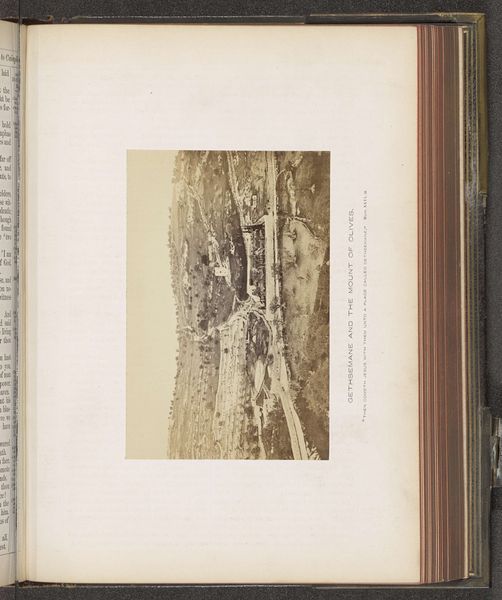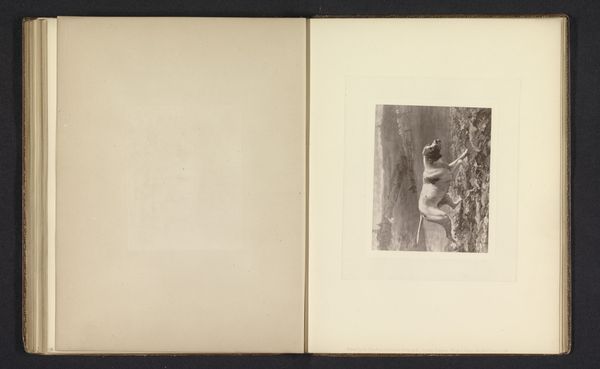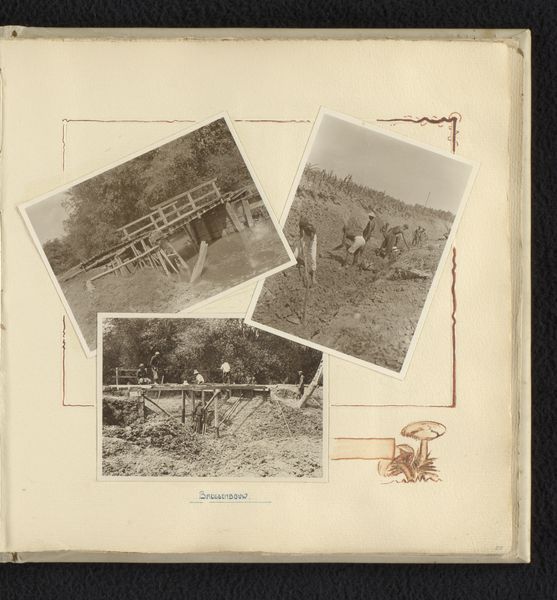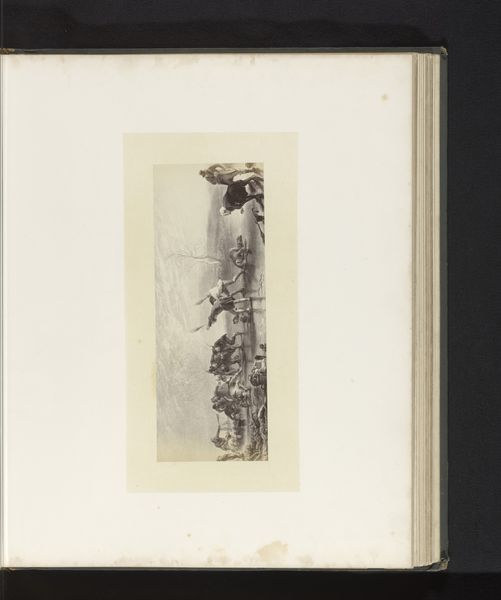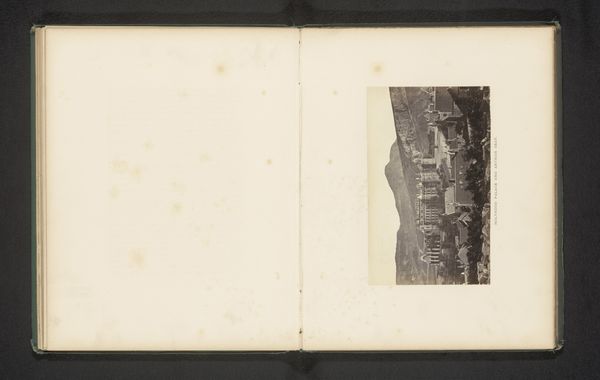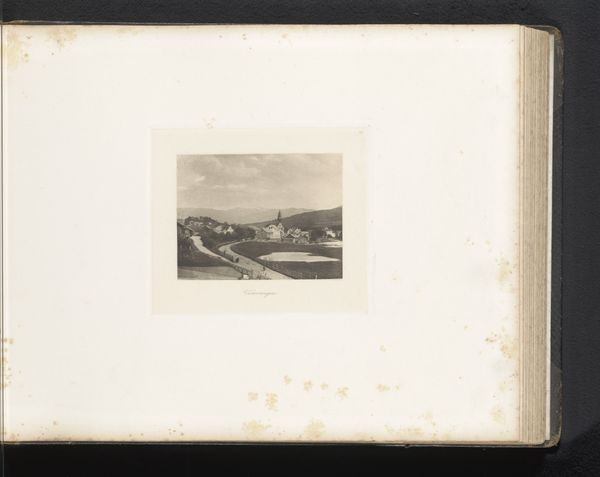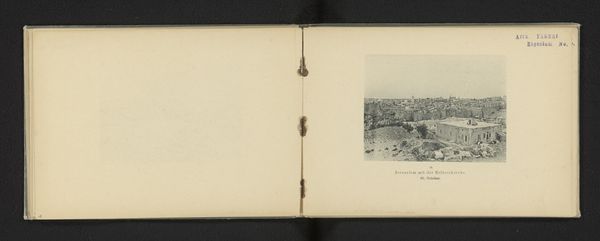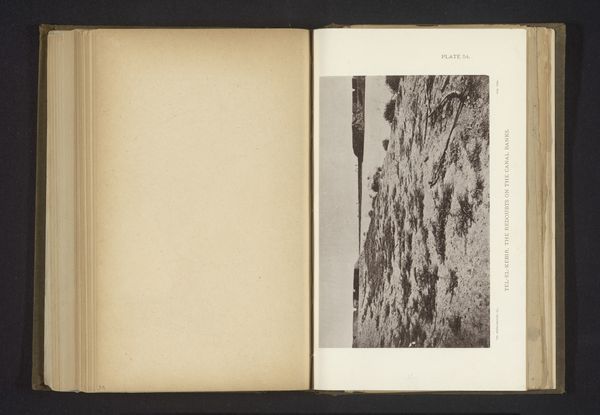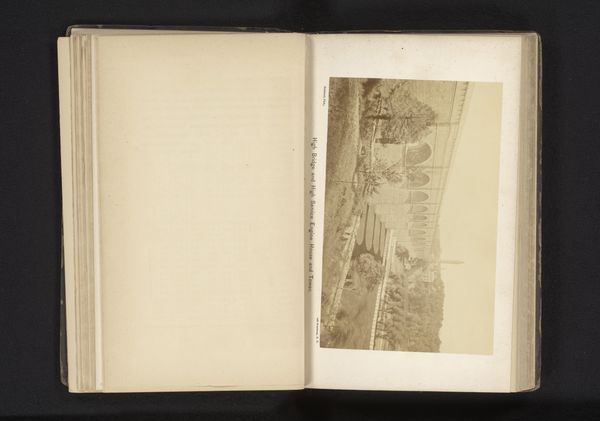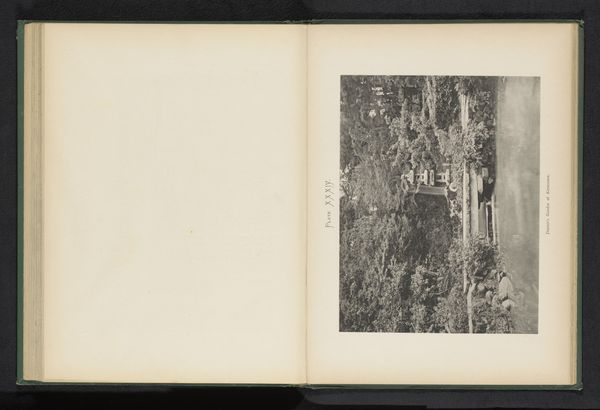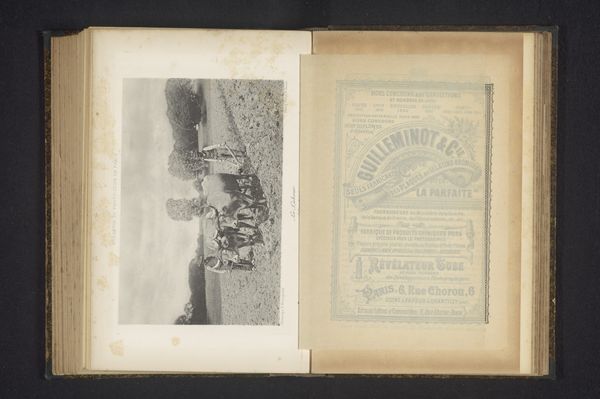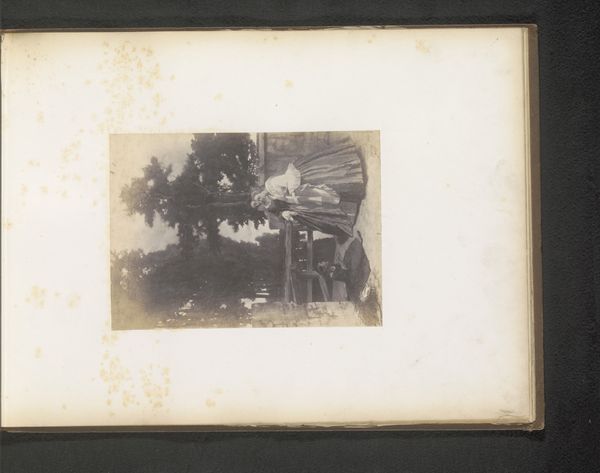
photography, albumen-print
#
portrait
#
african-art
#
photography
#
history-painting
#
albumen-print
#
realism
Dimensions: height 140 mm, width 88 mm
Copyright: Rijks Museum: Open Domain
Curator: Looking at this albumen print, it's hard to ignore the power dynamic conveyed through its photographic process. Editor: Absolutely. It has a raw, almost confrontational quality. Who is it? Curator: This is a portrait of Cetshwayo kaMpande. It dates to before 1882. Editor: An albumen print… What would that process have entailed, practically, for the sitter? Curator: The albumen print method demanded considerable time. It meant sitting still for extended periods, being exposed to bright light... a form of control in itself. The paper, coated with egg whites and silver nitrate, becomes incredibly sensitive. Editor: And we see the product of this intensive labor. Cetshwayo seems…strained. But tell me, who would have commissioned and consumed such an image? Curator: Good question. Photographs like these circulated widely. It likely reinforced the colonial narrative of the exotic other. Photography played a major role in shaping European perceptions during this era of expansion. Think about how they'd see this: a powerful Zulu king essentially in captivity. Editor: There's such an explicit vulnerability in his stance. How calculated do you think the image-making was at manipulating public sentiment around Cetshwayo's image and his legacy? Curator: Undeniably, there's a very specific framing here. I find myself constantly considering who held the power – both during its making, but also how its viewing was controlled over time in these constructed colonial albums. The very materiality of these images served its purpose in solidifying colonial ideology. Editor: The implications here are uncomfortable and demand continuous unpacking. Thanks for illuminating it further. Curator: My pleasure, considering production and dissemination allows one to understand some uncomfortable historical truths, for sure.
Comments
No comments
Be the first to comment and join the conversation on the ultimate creative platform.
